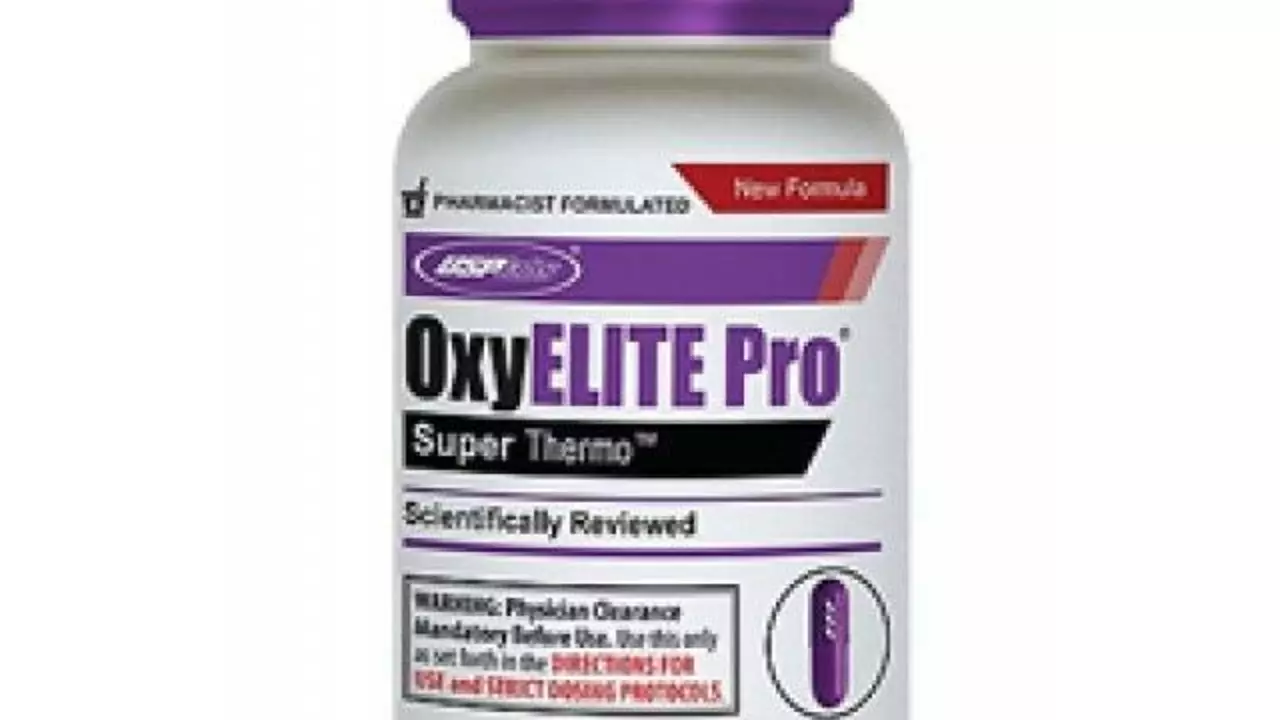Overlooked Nutrient: How to Spot It and What to Do Now
Ever feel tired, moody, or achy and chalk it up to stress — but it won’t go away? Sometimes the missing piece is a single overlooked nutrient. These are easy to miss because symptoms are vague: fatigue, muscle cramps, poor sleep, slow recovery from illnesses, or stubborn hair loss. The good news: a few simple checks and food swaps can make a big difference fast.
Common signs and which nutrient might be missing
If you get muscle cramps, restless legs, or frequent headaches, think magnesium. Low vitamin D often shows as low energy, bone aches, or mood dips. If you bruise easily or your wounds heal slowly, vitamin C could be low. Pale skin, breathlessness or hair thinning points to low iron (check ferritin). Frequent colds and slow healing? Zinc may be involved. These aren’t diagnostic, but they give you a starting point for testing.
Practical steps you can take today
1) Check diet first. Add real-food sources: leafy greens, nuts, seeds and whole grains for magnesium; oily fish, fortified dairy and sun exposure for vitamin D; citrus, peppers and broccoli for vitamin C; red meat, beans and fortified cereals for iron; oysters, beef and pumpkin seeds for zinc. Little swaps matter — a handful of nuts or a serving of salmon a few times a week adds up.
2) Get targeted tests before big changes. Ask your clinician for 25‑OH vitamin D, ferritin (iron stores), CBC for anemia, and basic metabolic panels if cramps are severe. Some nutrients don’t show well on simple tests (magnesium needs special panels), but the common ones usually do. Testing prevents guessing and unsafe dosing.
3) Use low-dose supplements carefully. A common start is 1,000–2,000 IU vitamin D daily if you’re low, or a magnesium supplement at night for cramps. Don’t double up on high doses without medical advice. Supplements can interact with meds — for example, magnesium and certain antibiotics or iron and thyroid meds — so mention all meds and prescriptions when you ask your clinician.
4) Recheck symptoms and labs in 8–12 weeks. Real improvements show up fast for some nutrients (energy and cramps can improve in weeks). If nothing improves, dig deeper with your provider — underlying conditions can mask nutrient fixes.
If you want more reading on supplements and lesser-discussed nutrients, try our articles like Revolutionize Your Dental Health: The Power of Fluoride Dietary Supplements or From Ancient Remedies to Cutting-Edge Nutrition: Unveiling Baikal Skullcap. These pieces unpack specific supplements and real-world tips for safe use.
Small, practical steps beat guesswork. Check your food, get targeted tests, and if you use supplements keep doses modest and check with a clinician — that’s the fastest route from vague symptoms to feeling better.

